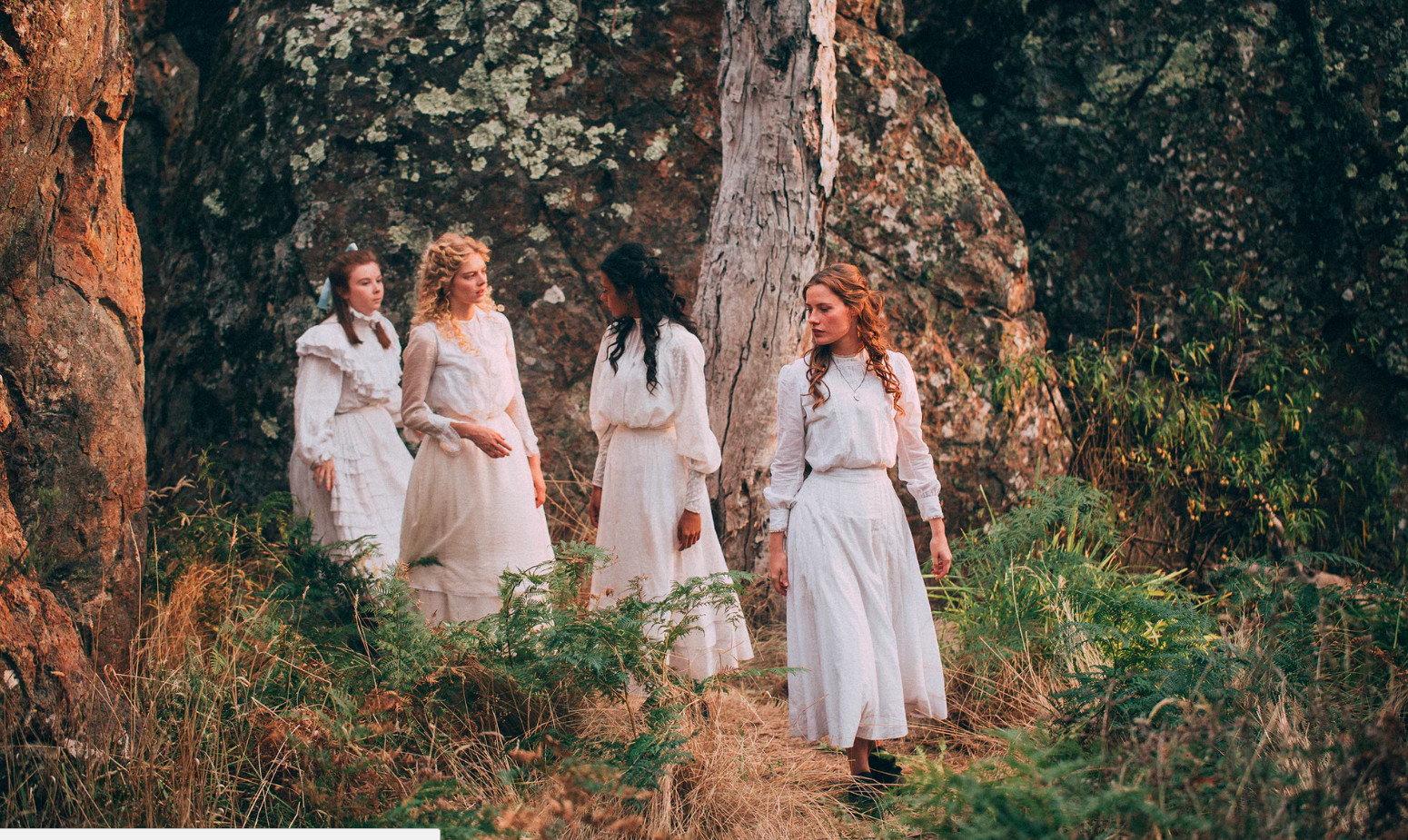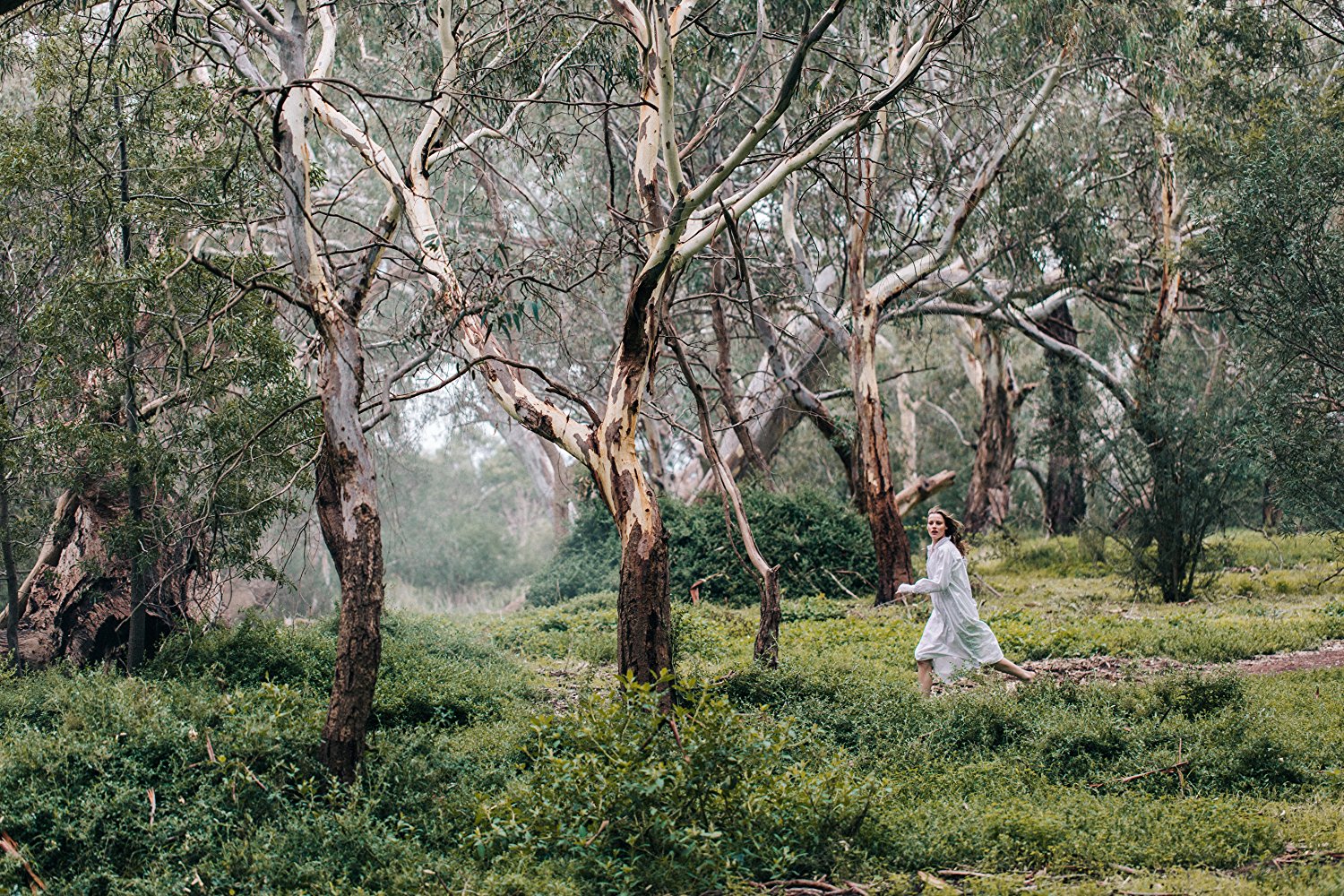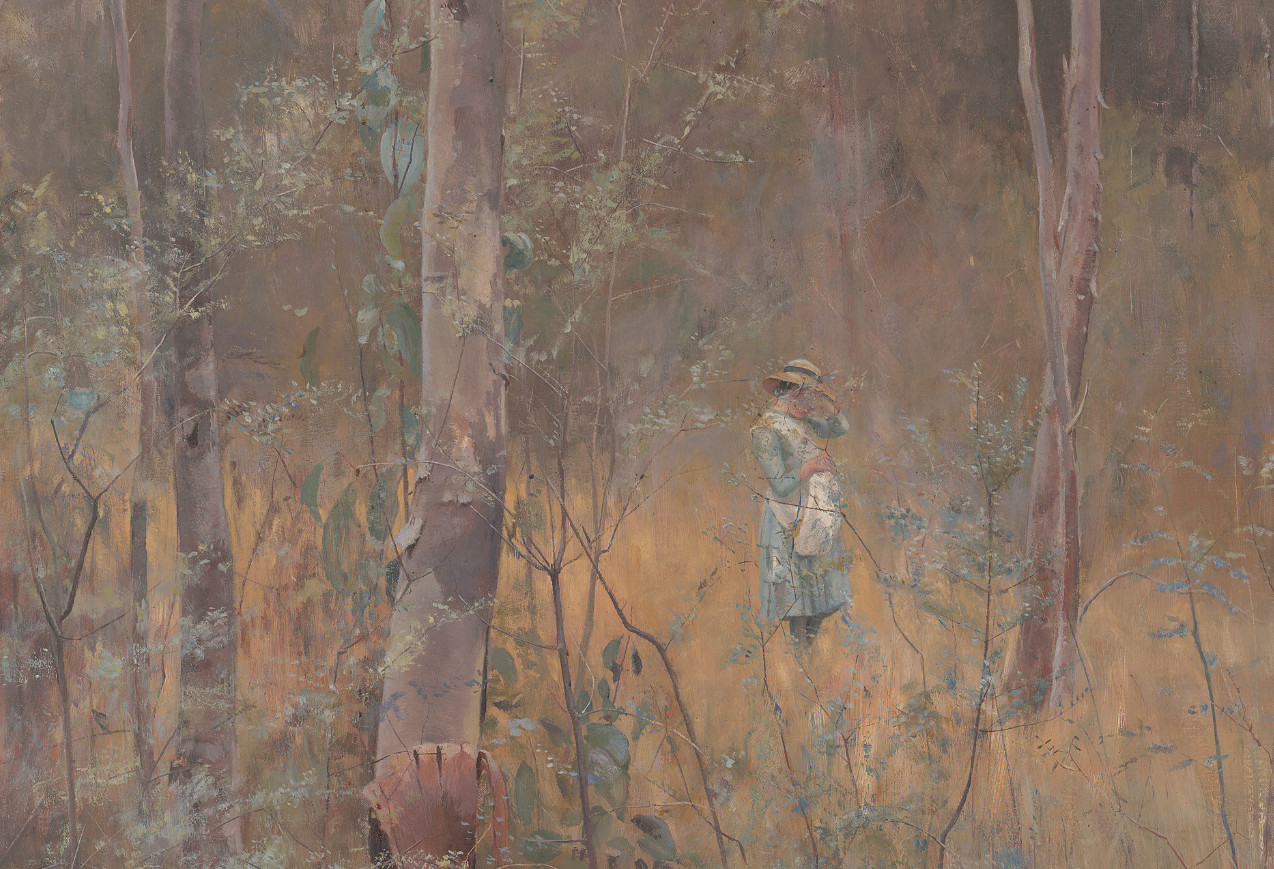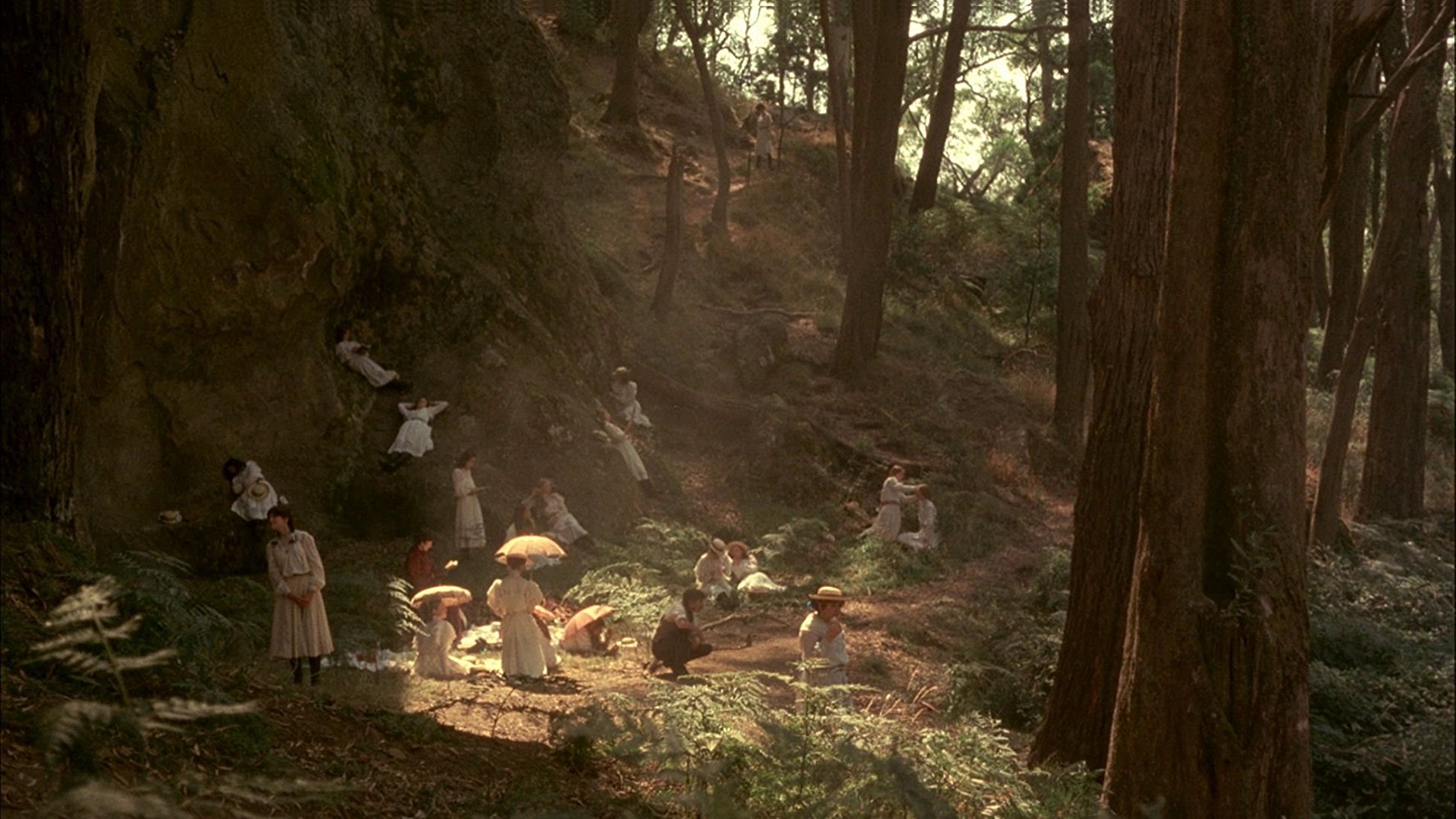
Arts & Culture
Animation in the 80s: the view from Melbourne

As the new TV adaption of Picnic at Hanging Rock premieres, the story still draws us in with enduring themes of female empowerment, lost children and the deep mystery of Australia’s brutal landscape
Published 3 May 2018
Recently, there’s been a dramatic return of daughters to Australian screens. They are coming of age and demanding justice.

In 2015, there were four Australian feature films released featuring daughters living in our vast Australian outback. The Dressmaker, Mad Max: Fury Road, Looking for Grace and The Daughter, all feature strong women in a harsh landscape. The following year, in 2016, in a clear recognition of the need to have more female stories told on Australian screens, Screen Australia announced a funding boast of $3 million to support female filmmakers.
And it’s within this context of empowered daughters that the new six-hour TV miniseries adaptation of Picnic at Hanging Rock will make its debut on our screens this weekend.

Arts & Culture
Animation in the 80s: the view from Melbourne
Picnic at Hanging Rock’s author Joan Lindsay originally published her novel in 1967, the early period of the second-wave feminist movement; which, combined with the establishment of the Women’s Film Fund in 1976 also influenced Peter Weir’s famous 1975 film adaptation.
As a coming-of-age, novel-based film, Picnic at Hanging Rock sits alongside My Brilliant Career and The Getting of Wisdom as exemplars of a period of Australian film making that reflects a culture influenced by and struggling with the cultural and societal movements – including feminism – surrounding it.
The producer of the TV version of Picnic at Hanging Rock’s, Jo Porter, believes that it is this representation of female self-determination - generated by the female writing team, the female-driven cast and majority female directing team - that has given the new adaption its edge.
Joan Lindsay’s original novel is presented as a pseudo-historical story (so convincing to some, that they thought it was based on a true story) of the disappearance of four young students and a teacher from a prestigious girl’s boarding school, while on an excursion to Victoria’s Hanging Rock on Valentine’s Day in 1900.

Despite intensive searches through the hostile Australian bush, only one girl is ever found - but her experience has left her too traumatised to recall any of the events around their disappearance. This has formed the basis for the mysterious, other-worldly enigma that has become part of Australian folklore.
One of the lasting images of Peter Weir’s adaption is the tableaux of angelic Victorian school girls corseted in white, ethereally vanishing into the volcano rock face.

Environment
Rivers as persons
But this visual belongs to a much deeper cultural anxiety of one of the most familiar and enduring Australian colonial narratives – the mythology of the lost child. That child is a persistent figure haunting the Australian imagination in literature, art and film.
This mythology around the children of settlers who “strayed into the Australian bush” has persisted to the point where, “the lost child is in arresting figure in the history and the folklore of colonial Australia.” But this piece of Australian folklore also has modern resonance – in the missing baby, Azaria Chamberlain and the missing backpackers fictionalised in Wolf Creek .
But the settler anxieties that underlie this folklore, omit the colonial history of the Stolen Generations – the stories of thousands of Indigenous children, lost to their communities.
The cultural fascination with Joan Lindsay’s novel has extended this historical rewriting to the Indigenous history of the Macedon region – substituting the pseudo-history of the novel for the lived history of the Indigenous communities there.

Hanging Rock is a sacred site that divides the four Indigenous territories of the region, and was considered by these Indigenous cultures taboo to climb.
In fact, last year a campaign was launched to highlight the significance of Indigenous history at Hanging Rock, rather than Australia’s obsession with a story about the fictional missing girls – aptly called Miranda Must Go.

Arts & Culture
A distant mirror of disruption
It’s only later in the final chapter of Picnic at Hanging Rock, which was removed at the request of Joan Lindsay’s publisher and only released in 1987, that there is a nod to this ancient mysticism – a persistent framing of the Australian landscape and its indigenous inhabitants as the threatening preternatural.
Picnic at Hanging Rock also uses colonial anxieties to examine the social horrors enacted upon women and young girls at the time – acts of misogyny that Australian gothic horror associates with the brutality of the Australian outback.
Once the local police rule out violent crime, the enigma of Picnic at Hanging Rock lies in the gothic representation of a threatening and eerie Australian landscape that entices three respectable white teenage girls to transgress the boundaries of two cultures, and by climbing the rock, they leave the confines of their culture and their dutiful place within it, behind.

This has made both the book and film a continuing source of cultural fascination for us as a country.
But the strong female-focus of this latest adaptation is set to provide another interpretation of these histories. One in which Australian daughters are figures of self-determination rather than victimhood.
It also tells us that we are at the crest of a global wave that craves the stories of our strong Australian daughters.
The new adaption of Picnic at Hanging Rock has its world premier on Sunday 6 May on Showcase.
Banner image: Showcase